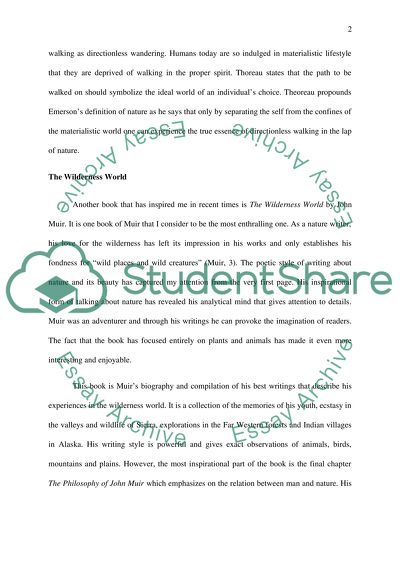Cite this document
(“Spirituality and Nature Book Report/Review Example | Topics and Well Written Essays - 3000 words”, n.d.)
Spirituality and Nature Book Report/Review Example | Topics and Well Written Essays - 3000 words. Retrieved from https://studentshare.org/environmental-studies/1487189-sirituality-and-nature
Spirituality and Nature Book Report/Review Example | Topics and Well Written Essays - 3000 words. Retrieved from https://studentshare.org/environmental-studies/1487189-sirituality-and-nature
(Spirituality and Nature Book Report/Review Example | Topics and Well Written Essays - 3000 Words)
Spirituality and Nature Book Report/Review Example | Topics and Well Written Essays - 3000 Words. https://studentshare.org/environmental-studies/1487189-sirituality-and-nature.
Spirituality and Nature Book Report/Review Example | Topics and Well Written Essays - 3000 Words. https://studentshare.org/environmental-studies/1487189-sirituality-and-nature.
“Spirituality and Nature Book Report/Review Example | Topics and Well Written Essays - 3000 Words”, n.d. https://studentshare.org/environmental-studies/1487189-sirituality-and-nature.


